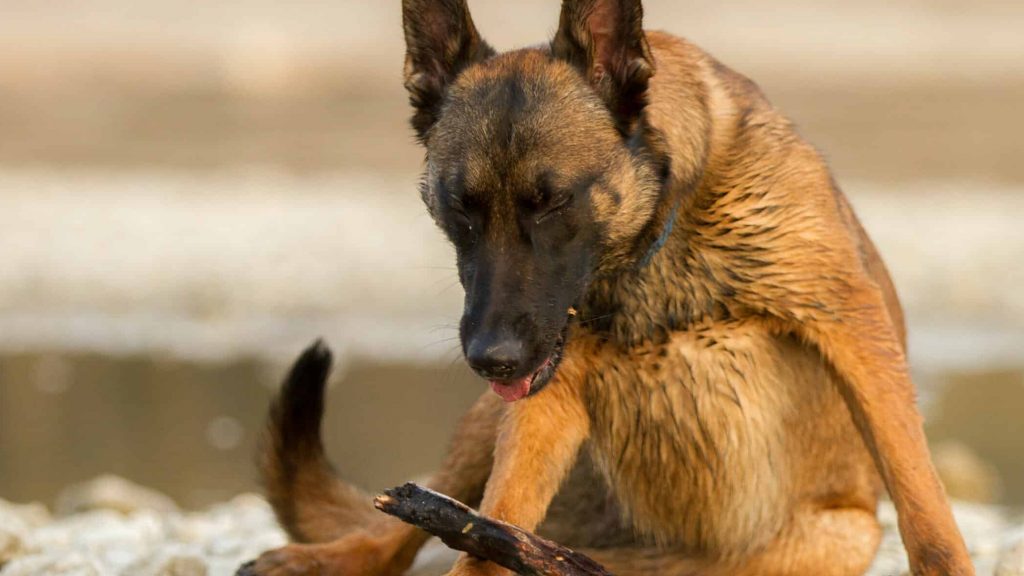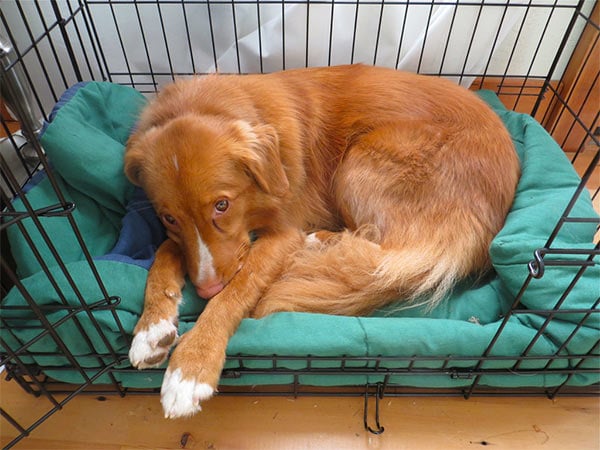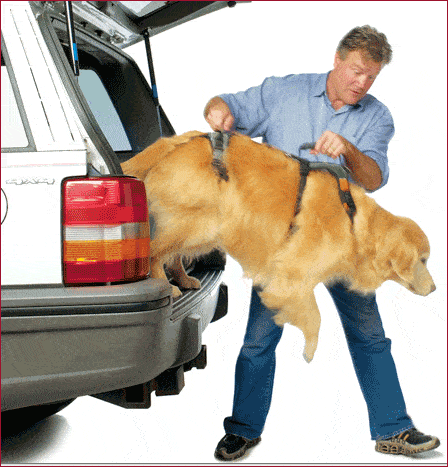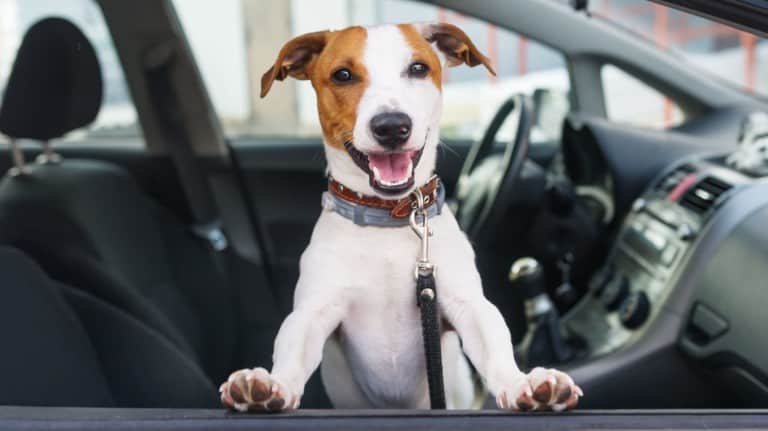By Erin Troy DVM, CCRP, CVPP, Medical Director of Muller Veterinary Hospital
None of us want to hear that our beloved dog needs surgery. It’s scary to think of all the factors involved before, during and after the operation. Once our pup has done well through the procedure itself and has been discharged from the hospital we often celebrate that victory and breathe a sigh of relief. Many families think there is not much left to do. But that’s where your efforts really start, and there are many things you can do to maximize your pet’s rehabilitation.
Recovering from surgery involves so many things. The initial medical issue that lead to the surgery is our main focus. We shouldn’t lose track of any other medical challenges that he or she has and how they may effect recovery. In addition, our dog can develop secondary or compensatory problems that can go unrecognized and unaddressed and will slow or prevent maximum recovery. It’s important to follow your veterinarian’s recommendations closely regarding medications, diet and activity after surgery. It’s never a good thing to let your dog lick the surgery area. The dreaded ” cone of silence” has been replaced by Comfy Cones, Pro Collars and Suitical Recovery Suits. Each are designed to meet the unique challenge of preventing your dog from damaging his or her surgery area. They all seem to be well tolerated by most dogs.
Next, we should look around your pet’s environment and recognize what can be done to make your pet’s recovery safer. Starting with the basics, take a look around your home and identify any physical challenges your pet might have when they come home.
Hardwood doors are a pitfall for many dogs recovering from surgery. They slip and slide and can strain or even tear muscle. This can complicate the surgery area and or create new problems and it happens often. An easy fix is buying a wholesale roll of yoga mat and providing your dog a way to move through your home without slipping and sliding. Measure and cut the appropriate lengths to provide a path from the entry door into the home, through the kitchen, down the hallway to the bedroom, the path out to the yard and of course through the main living area of the home. You don’t have to cover every inch but rather just be sure your dog has the opportunity to get through your home using the same paths as usual and not slip and slide. Many families keep the mat in place long after their dog has recovered from surgery. Stairs can also be a hazard if they are not carpeted. There are nail-free, glue-free tread covers that can make wood stairs safe for all and not limit your dog to one level or require you to carry him up and down.
If your dog is a medium, large or giant size it can be helpful for all to have assistance devices to use in the home, in the car and going for walks and veterinary visits. Lifting a patient recovering from surgery can be dangerous for you and your dog. So many of us try to teach our larger dogs to use a ramp for getting in and our of the car. We often attempt this after our dog has had surgery or is a senior and we are often unsuccessful. In an ideal world we all teach our dogs how to get in and out of the car BEFORE they need help doing so. In case you have not had the chance to do that or if your are looking for a safe comfortable device we recommend the Pet Loader. It’s easier to learn for most dogs and easier for you to move and store.
For use around the home the HelpEmUp Harness and Walkabout Harness can help both you and your pet. They provide a safe effective way of assisting your dog to rise, walk and go outside to eliminate. They come in a variety of sizes and can be adjusted to fit your special dog.
What happens after surgery is as important as what happens during surgery as it effects your pet’s comfort and recovery. These rehabilitation suggestions are helpful for recovery from orthopedic, neurological, or soft tissue type surgeries. Talk with your veterinarian if you have any questions and work together to get your dog back up in his or her paws!







